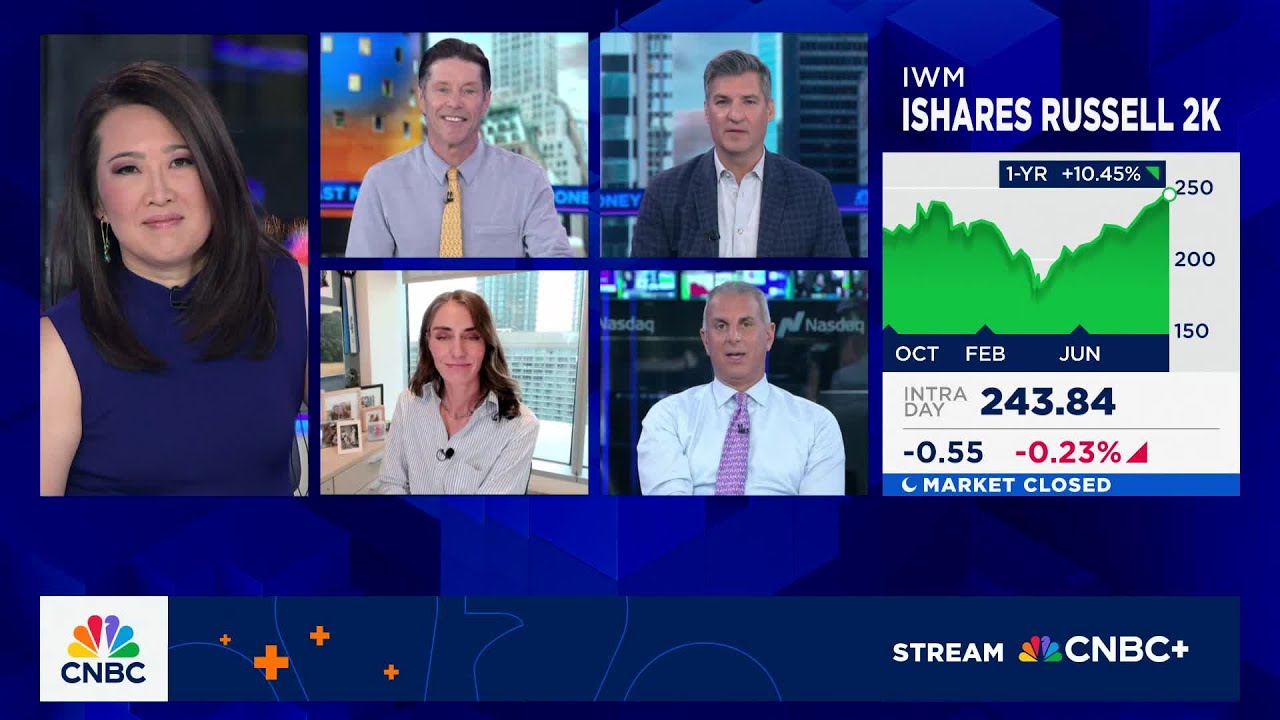
CERT
Certara, Inc.
$9.16
0.02
(0.22%)
| Exchange: | |
| Market Cap: | 1.473B |
| Shares Outstanding: | 132.408M |
About The Company
Revenue Segmentation
EPS
Earnings Call
Income Statement
(* All numbers are in thousands)
Balance Sheet
(* All numbers are in thousands)
Cash Flow Statement
(* All numbers are in thousands)
Analyst Estimates
(* All numbers are in thousands)







